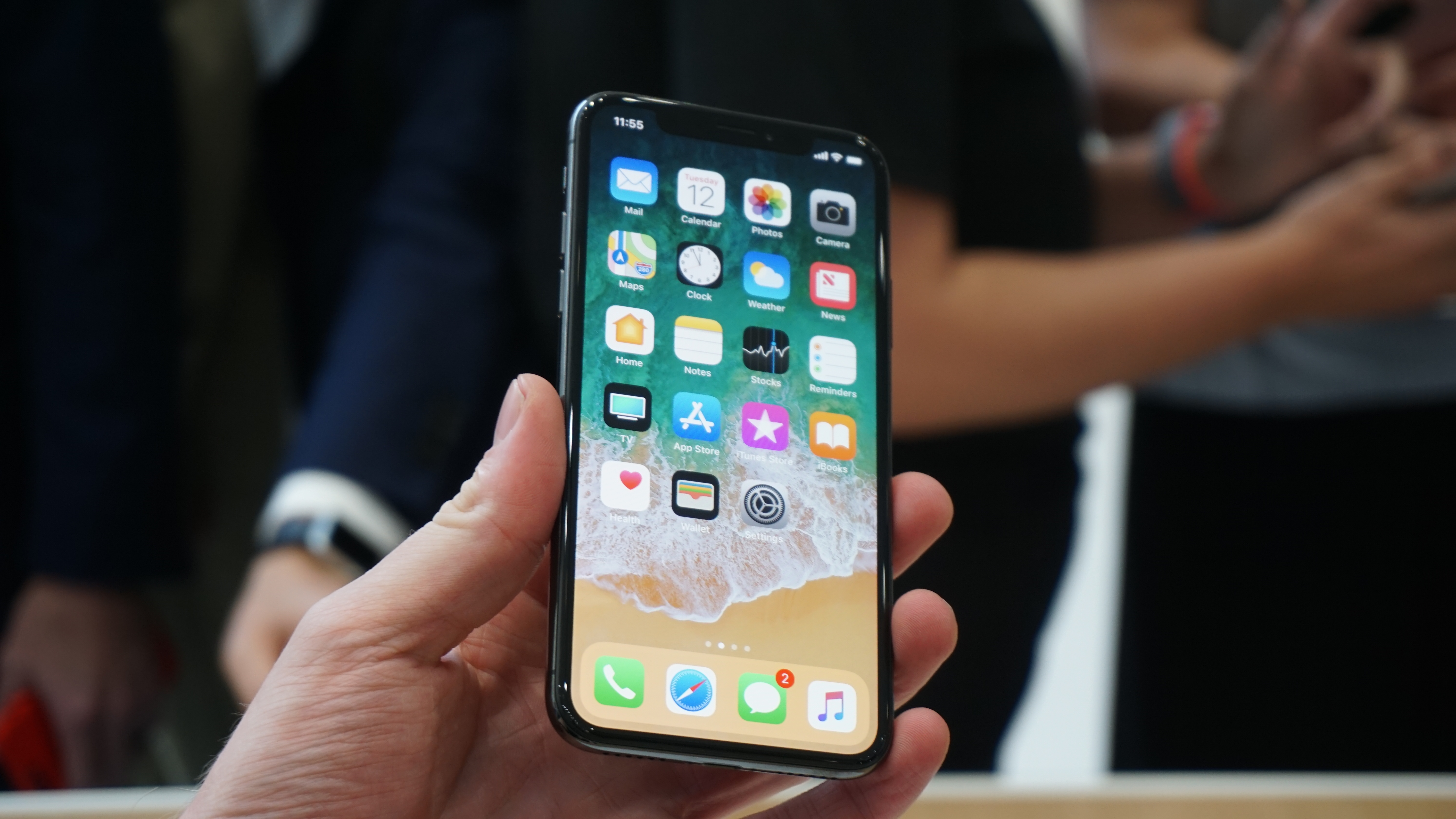iPhone X fast charges up to 50% in just 30 minutes, but that costs extra
iPhone 8 and iPhone 8 Plus, too

iPhone X, iPhone 8 and iPhone 8 Plus are now official, and you may be pleased to know Apple's latest creations support fast charging.
This means you can get up to 50% power after 30 minutes on the cable, as 9to5Mac uncovered, if your battery is completely drained from the start.
However, there is a sizeable caveat to taking advantage of fast charging: Your phone needs to be connected via USB-C. Though wireless charging is one of the key features of the new iPhone models, it won't support fast charging.
Here's the kicker: Apple doesn't include the necessary accessories for fast charging - a USB-C to Lightning cable and a USB-C Power Adapter - in the box, so you'll need to purchase these separately, either from Apple or somewhere else.
A USB-C to Lightning Cable retails for $25 (£25 / AU$35) on Apple.com, while a USB-C Power Adapter in either 29W, 61W or 87W must also be purchased. The cheapest is the 29W adapter, costing $49 (£49 / AU$69) at Apple.
While there's a price to pay for fast charging on top of the cost of your new iPhone, it's actually not too surprising this is the case considering Apple is utilizing USB Power Delivery charging spec, as The Verge points out.
Still, it's a bit vexing to buy extra accessories when you've already forked over $999 / £999 / AU$1,579 for an iPhone X, but if you want to get your new iPhone up to serviceable battery life quickly, then fast charging is a convenient way to go.
Sign up for breaking news, reviews, opinion, top tech deals, and more.
Just be ready to pay for that convenience.
- Don't go away: Here's our hands-on iPhone X review

Michelle was previously a news editor at TechRadar, leading consumer tech news and reviews. Michelle is now a Content Strategist at Facebook. A versatile, highly effective content writer and skilled editor with a keen eye for detail, Michelle is a collaborative problem solver and covered everything from smartwatches and microprocessors to VR and self-driving cars.